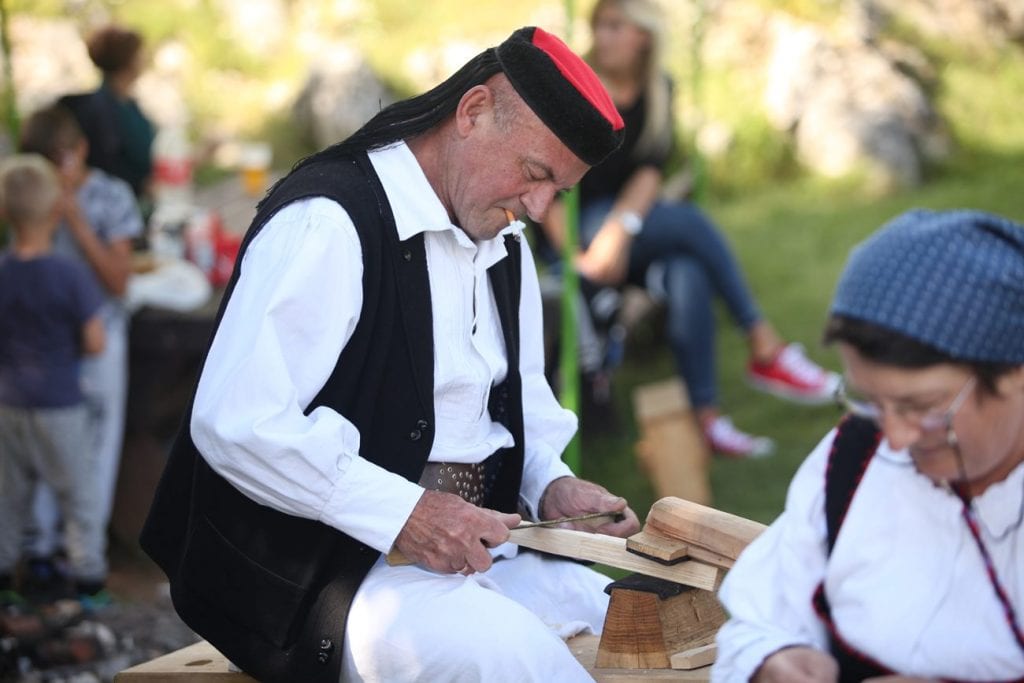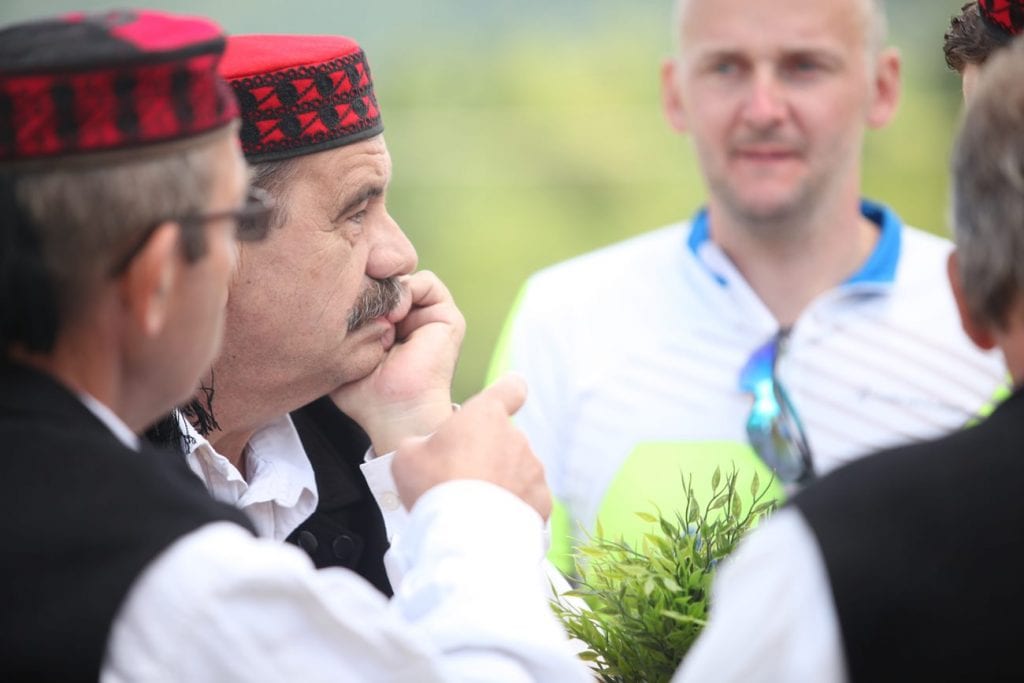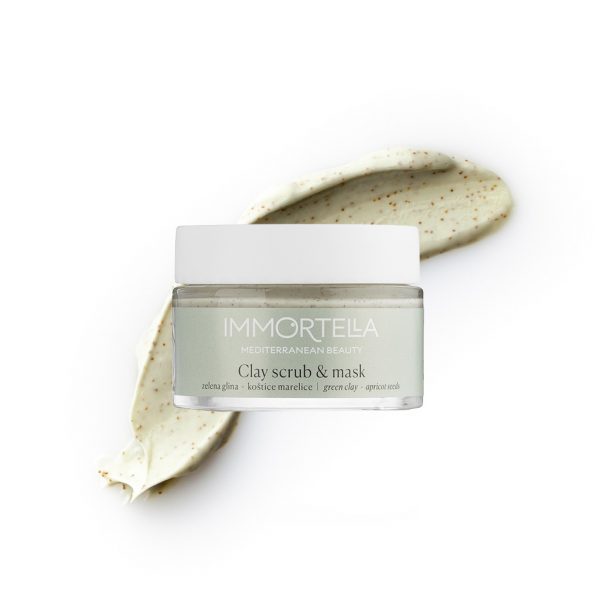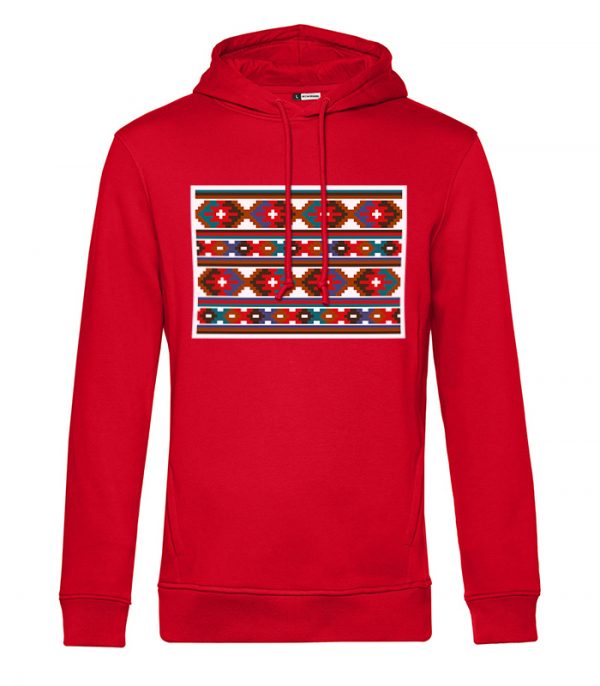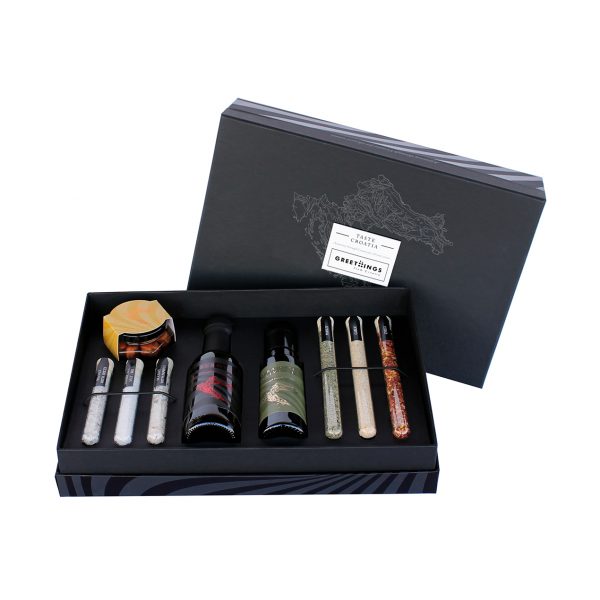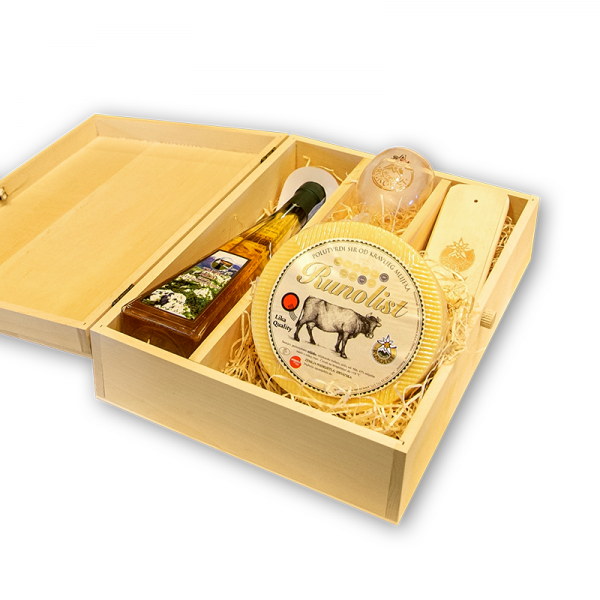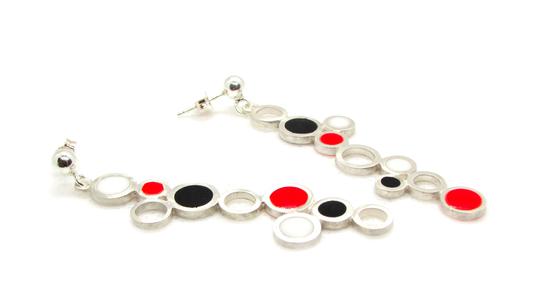The Lika cap has been a traditional piece of men’s headgear for hundreds of years, black and red in color with black tassels. One of the stories about its creation, which you can hear from every person in Lika, is that the Lika cap was made after the Battle of Krbava Field in 1493.
After the bloody battle in which hundreds of Croats were killed, mostly from Lika, the wives and mothers of the fallen began making caps with the symbols of the battle.
The large red field on the cap symbolizes the Krbava Field drowned in blood of fallen Croats, while the bottom of the cap symbolizes the Turks which occupied much of Croatia at the time, including Lika, until the Croats managed to chase them away with the help of father Marko Mesić. The black tassels hanging from the cap symbolize the tears of the women who lost their sons and husbands.
https://www.instagram.com/p/BUZ1poIlR3_/
The materials used to make the caps have changed over the years, along with the length of the tassles and decorations, but the colour and shape have always remained the same. The tassels were originally shorter and worn over the right ear. Longer tassles were introduced later, but it was said that the tassles were as long as the four fingers of the man who wore the cap.
The top of the cap was always red, while the bottom and sides were either black or red with black motifs. The motifs were circles and spirals also called „the hare’s leap“, while the embroidery was chain stitch.
This type of stitch was used because the circles on the cap symbolized the army at the Krbava Field which was linked as a chain.
The Lika cap was once greatly valued. It wasn’t just an ordinary object or garment, it was an important part of life. The cap was worn by everyone. Men wore it at all times, whether it was while working in the field or going to mass.
Young men were excited to get their first cap as wearing it meant they were becoming more mature and respected. Younger sons typically inherited their caps from older brothers or fathers.
The cap was worn until it fell apart, and sometimes it was funny to see younger boys wearing caps larger than their heads. Sometimes the younger boys from wealthy families would get their own caps so their friends would be jealous as they inherited theirs.
They would sometimes steal and hide their wealthier friends’ caps, often resulting in arguments or fights. Girls were known to steal and hide the caps of the boys they fancied, thus letting them know they were interested.
The cap was a personal valuable of unique importance. Fathers, when going to work abroad, took the cap with them and kept it by their sides. It represented family, so the cap made them feel like they were falling asleep and waking up at home.
The cap also served a purpose in traditional games – the main player would take off his cap and place the object used as the wager in it. It was also incredibly offensive to take someone else’s cap, throw it on the floor and stomp on it. Moments like those would result in massive arguments which people talked about for days.
The Lika cap remains present in many homes and families. Even though they are no longer worn, people keep them in visible locations, preserving the value the caps once had and honouring them in such a way. Various folk groups and societies sing songs about the Lika cap, describing its worth and significance, and confirming its status as a symbol of Lika.
By: LikaClub for The Plitvice Times


